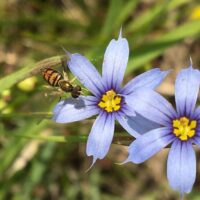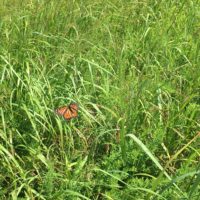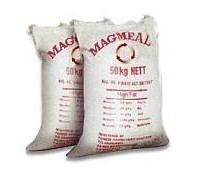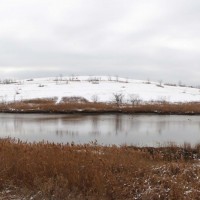Tags: insects
Insectageddon & Environmental Health

September 26th was World Environmental Health Day. The health of the environment is dependent on rich biodiversity, from the oceans to the forests to the grasslands. Freshkills Park is an active reclaimed grassland environment that is home to a wide variety of birds, fish, mammals, and insects.
...MOREPollinators at Freshkills Park

Bees, butterflies, hummingbirds, and bats are just a few examples of the animals that we call pollinators and that we rely on for approximately one third of our food supply and 90% of our world’s flowering plants. When visiting plants for food or shelter, pollinators attract pollen – often in fascinating ways – to themselves and later deposit it on the tops of flowers of the same species, thereby allowing for the creation of new seeds and reproduction.
...MOREFarther Afield: Insect-based feed innovations

Think about bugs; now think about billions of insects concentrated in one facility. Some might get queasy at this thought; however, that is exactly what is happening at a new 90,000 square foot facility near South Africa’s Capetown. Typical production of protein requires a great deal of water, land and capital.
...MOREInvasive Insects

The silver lining to the recent unrelenting cold snap is that many types of invasive insects can’t survive the frigid conditions. These invasive insects include the emerald ash bore, known for killing millions of trees in the last decade, and the gypsy moth, which eats the leaves of trees, such as those used to grow agricultural crops.
...MORE



